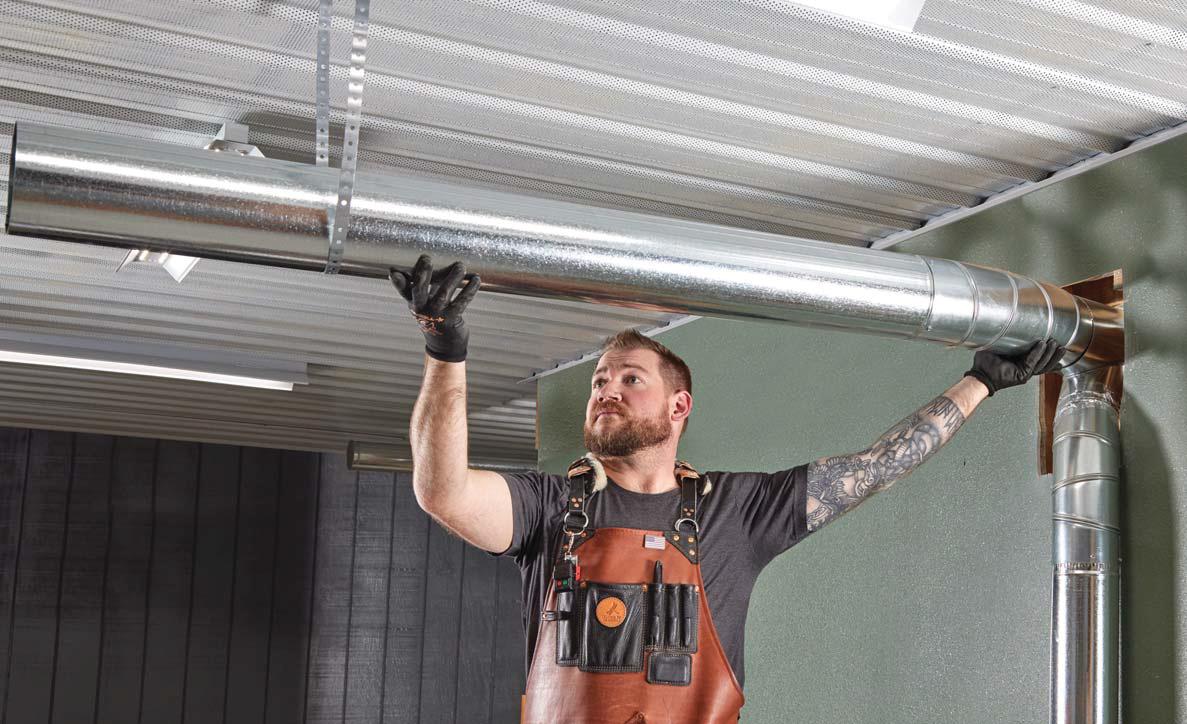
I don't think that there has been something that's increased my enjoyment in the shop as much as getting a good dust collection system in place. I enjoy working in a clean space, and any rogue dust drives me nuts (let alone is a health hazard and isn't great for our video and photo equipment). So, as we moved into our new shop, I knew that getting the right system in place, and planning the proper layout was a key part of this journey.
Having a lot of questions, I started researching and planning out this system. However, there is a lot of information (and misinformation) out there. Luckily, I know some people. So, I reached out to Jeff Hill, CEO at Oneida Air Systems to pick his brain on dust collection layout and best practices. Here's what I learned.
BEST PRACTICES
Rule #1. The first rule is to do your research and make sure your dust collector is sized for your tools and air requirements. Unfortunately, for us, this meant upgrading from a Supercell (which I loved) to a 5hp Dust Gorilla Pro with Smart Boost. We have bigger tools, with bigger ports, and oftentimes have multiple people working in the shop. We just needed more air. I'm also going to throw in here that you should place your dust collector where it can have as straight of a run as possible into the dust collector- this helps with the separation.
Rule #2: Place the tool with the highest demand closest to the dust collector. For most of us, that is the planer and the jointer. They produce the most shavings and need the most airflow and pressure to get everything to the dust collector.
This story is from the {{IssueName}} edition of {{MagazineName}}.
Start your 7-day Magzter GOLD free trial to access thousands of curated premium stories, and 9,000+ magazines and newspapers.
Already a subscriber ? Sign In
This story is from the {{IssueName}} edition of {{MagazineName}}.
Start your 7-day Magzter GOLD free trial to access thousands of curated premium stories, and 9,000+ magazines and newspapers.
Already a subscriber? Sign In

Ironbark Toolworks
Devon Campbell is designing and building world-class tools from his shop in Queensland.

Fern Stand
This Charles Limbert table was sold as a fern stand, but it's a great addition to any home.

Norwegian Linen Chest
This small linen chest can be made in batches, and the lid presents some fun challenges during the process.

Bent Lamination Headphone Stand
Practice some mass-assembly techniques to create this elegant stand.

All About PPE
Safety is #1 in the workshop.

Joinery Machines
Joinery machines are much more than one-trick ponies. Here's an intro, and why you should consider adding one in your shop.

Linseed Paints
Linseed paint will change the way you approach painting a project, but this wonderful finish takes a different approach than modern paints.

BauBuche
This laminated material comes from Germany, and is made of hundreds of layers of European beech.

Square Platter with Textured Rim
Adding a bit of texture and colour to a square platter is a great way to dress up a simple design.

Excedo Side Table
With one board, you can put together this side table that packs in a bunch of great woodworking techniques.